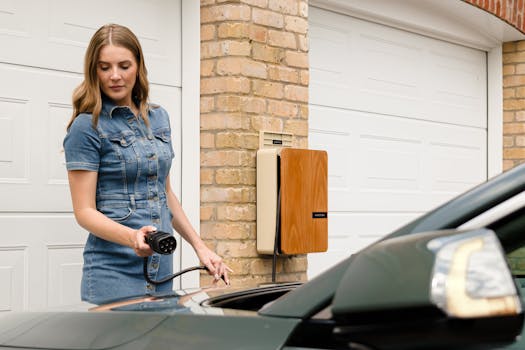
Smart Homes and Smart Living: The Technological Transformation of European Homes by 2025
Smart Homes and Smart Living is revolutionizing the way Europeans live, with a projected transformation of homes by 2025. This technological shift aims to create more comfortable, convenient, and sustainable living spaces. The focus keyword, Smart Homes and Smart Living, is at the forefront of this innovation, driving the development of intelligent home systems that integrate seamlessly into daily life.
Introduction to Smart Homes
Smart homes are residences that incorporate advanced technology to automate and control various aspects of the living environment. This includes lighting, temperature, security, and entertainment systems, all of which can be managed remotely through smartphones or voice commands. The smart home market in Europe is experiencing rapid growth, with an increasing number of homeowners adopting these innovative solutions to enhance their living experiences.
Key Features of Smart Homes
Some of the key features of smart homes include:
- Energy efficiency: Smart homes are designed to optimize energy consumption, reducing waste and lowering utility bills.
- Enhanced security: Advanced security systems, including surveillance cameras and motion detectors, provide an additional layer of protection for homeowners.
- Convenience: Smart homes offer a range of convenient features, such as voice-controlled assistants and automated lighting systems.
- Health and wellness: Smart homes can be designed to promote health and wellness, with features such as air quality monitoring and circadian rhythm lighting.
Benefits of Smart Homes
The benefits of smart homes are numerous, and include:
- Increased comfort: Smart homes can be tailored to meet the specific needs of each homeowner, creating a more comfortable living environment.
- Improved safety: Smart homes can detect potential hazards, such as gas leaks or water damage, and alert homeowners to take action.
- Enhanced convenience: Smart homes offer a range of convenient features, making it easier for homeowners to manage their daily lives.
- Environmental sustainability: Smart homes are designed to reduce energy consumption and waste, promoting a more sustainable living environment.
Challenges and Limitations
While smart homes offer numerous benefits, there are also challenges and limitations to consider. These include:
- High upfront costs: The cost of installing smart home systems can be prohibitively expensive for some homeowners.
- Complexity: Smart home systems can be complex and difficult to use, particularly for those who are not tech-savvy.
- Security concerns: Smart homes are vulnerable to cyber attacks, which can compromise the security and privacy of homeowners.
- Interoperability: Smart home devices and systems may not be compatible with each other, making it difficult to create a seamless living environment.
Future of Smart Homes in Europe
The future of smart homes in Europe is promising, with a projected growth in the adoption of smart home technology. As the technology continues to evolve, we can expect to see more innovative solutions that address the challenges and limitations of smart homes. Some of the trends that are expected to shape the future of smart homes include:
- Increased focus on energy efficiency and sustainability
- Greater emphasis on security and privacy
- More convenient and user-friendly interfaces
- Greater integration with other smart devices and systems
Conclusion
In conclusion, Smart Homes and Smart Living is transforming the way Europeans live, with a focus on creating more comfortable, convenient, and sustainable living spaces. While there are challenges and limitations to consider, the benefits of smart homes are numerous, and the future of smart homes in Europe is promising. As the technology continues to evolve, we can expect to see more innovative solutions that address the challenges and limitations of smart homes, creating a brighter future for European homeowners.






